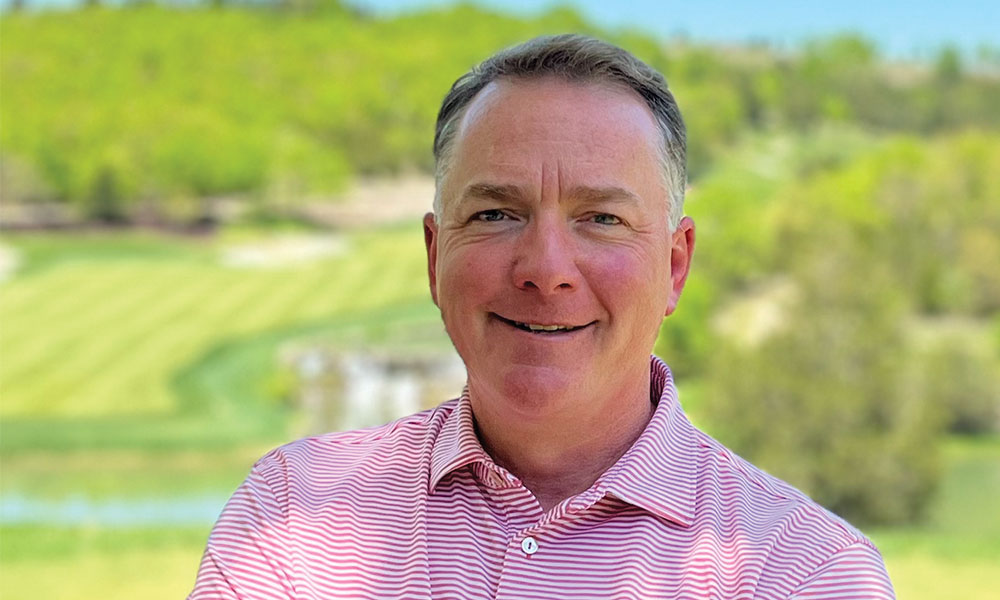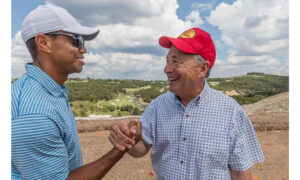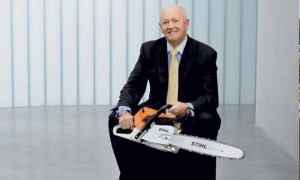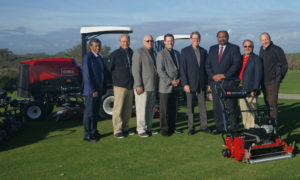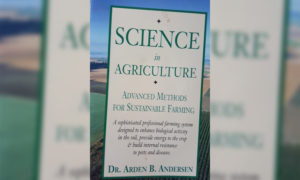This is the second installment of a monthly feature that Golf Course Trades has started with Aubudon International, the non-profit organization whose mission is to create environmentally sustainable environments where people live, work, and play. Each month GCT will speak with a golf course superintendent or director of agronomy at Audubon International-certified properties.
This month we hear the Jeffrey Steen, CGCS, Director of Agronomy at Big Cedar Golf. Located in the SW Missouri Ozarks near Branson, Big Cedar is home to five golf courses including Payne’s Valley, the first public course designed by Tiger Woods to open in the United State. Steen is a 22-year active member of the Golf Course Superintendents Society of America (GCSSA).
1. Why did Big Cedar golf join the Audubon International Cooperative Sanctuary Program (ACSP) for Golf?
With the goal of conserving the existing habitat and continuing to set the standard in conservation; Big Cedar Lodge and Big Cedar Golf along with Bass Pro are world leaders in conservation under the direction of our founder Johnny Morris and therefore partnering with the Audubon International Cooperative Sanctuary Program was an important venture for all involved.
Related: Audubon Cooperative Sanctuary Program for Golf Courses: More Relevant than Ever
2. All five of your courses are ACSP Gold Certified; how did you manage to achieve this status – was it simultaneous or did you stagger the process?
Our efforts to achieve the ACSP Gold standard were done simultaneously. To accomplish this each golf course superintendent gathered the data required for their respective properties. When individual steps were completed, the information was then given to SWT Design to assimilate and put into the proper formats.
3. How long did the process take?
The process took almost two years to complete. The delay was a result of Covid protocols being put into place which caused some delays in some of the collaborative meetings with Audubon and SWT.
4. What were/are the most challenging aspects of being certified and maintaining the standards required to achieve and retain that status?
Collecting the required data was probably the most challenging task for the team, but once the information was put in place and formatted, the process became much easier. Some of the measures required were above and beyond conservation issues and therefore have certainly enhanced our facility operations.
5. What specific benefits are you reaping from being a member and Gold Certified?
We are grateful to work within an environment where noted conservationist and our founder, Johnny Morris, has led the way and set such a high standard for us. By becoming a gold-certified member, it is easy to see how Audubon International helps an organization and its operation maintain an improved image and reputation for conservation; provides awareness for associates and guests, and improves environmental management efficiency. This allows us to enhance the nature of our business through continued improvements to the quality of our land, water, and air. Or as the Audubon International mission states “Conserve natural resources for future generations.”
Related: Golf Course Superintendents Drive Environmental Accountability
6. What would you share with other golf course superintendents and course managers who considering joining the Audubon International ACSP program?
Be aware of the full commitment required and understand what it will take short term vs. long term. A lot of consideration must be looked at with current infrastructure and how it will be impacted and/or changes that will be required. These changes can – or have the potential to – create significant financial and time commitments.
7. What is the best guidance or tip(s) you have received pertaining to being a golf course superintendent and overseeing golf course agronomy/maintenance department (and from whom?)
That’s a long list over the past 32+ years, but I can say that I’ve been fortunate to work alongside a lot of great people over the years that have helped coach and mentor me. Working hard at the moment and being patient is important. Creating a work environment where the entire team is empowered to make a difference! I’m grateful to currently lead a team of golf course superintendents here at Big Cedar Golf; Steve Johnson CGCS who oversees Payne’s Valley and Mountain Top, Aaron Lorenz over at Buffalo Ridge, Justin Thomas at Top of The Rock, and Ben McCurry at Ozarks National. To have trust in your team, support them, and give them the appropriate tools to be successful is key. All of us here at Big Cedar come together to provide a product for our guests. No one person can do it alone. The hard work and efforts that the golf course superintendents and other associates put into becoming Gold Certified should be commended. They are the ones that made it all happen!
Related: Five Branson Courses Voted Best in Missouri
My best guidance ever received is from my wife: “Culture is either created or tolerated.” – Crystal Steen Ph.D., Sr. Dir. of Talent Development, Simmons Foods

